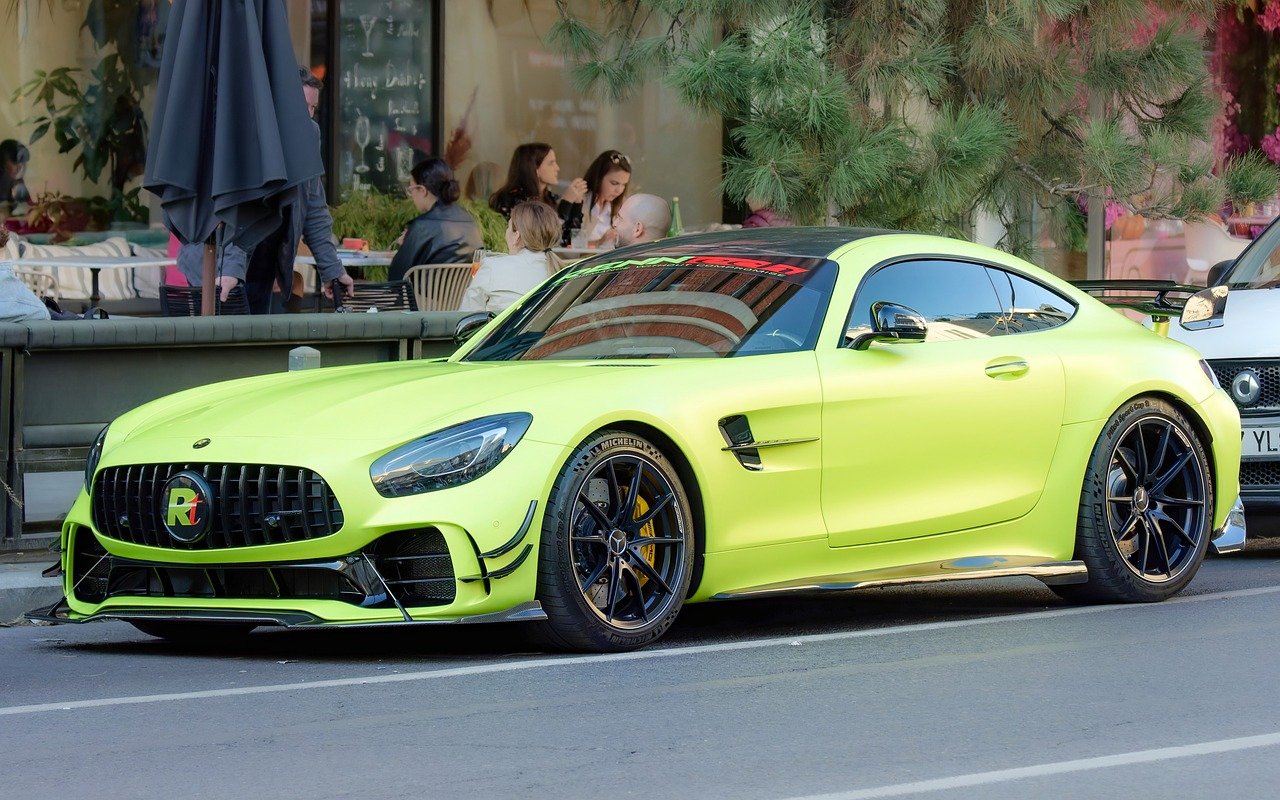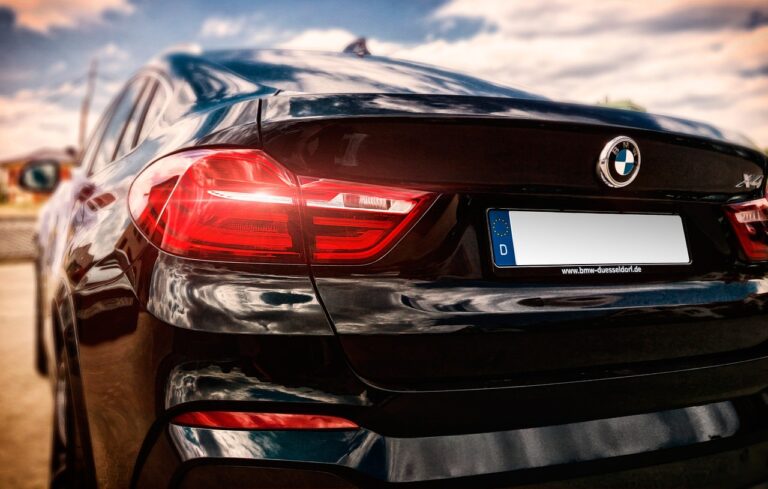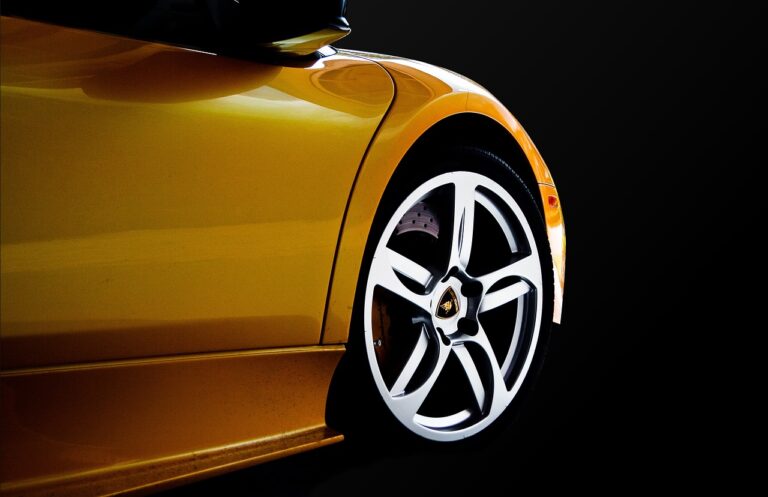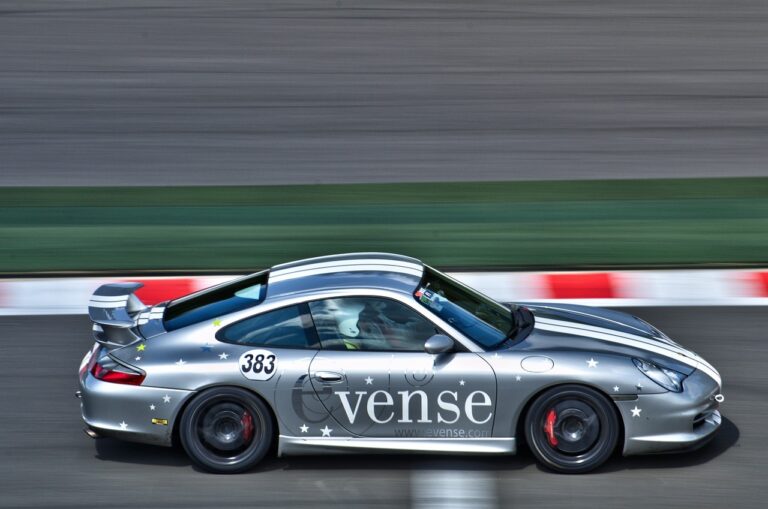The Concept of Biophilic Design in Car Aesthetics
Gold365, Gold 365: Biophilic design in car aesthetics emphasizes the integration of natural elements and forms into vehicle design to create a harmonious connection with the environment. This approach seeks to evoke a sense of calmness, well-being, and connectivity with nature for both the driver and passengers. By incorporating elements such as natural textures, colors, and patterns inspired by the outdoors, car designers can enhance the overall aesthetic appeal of the vehicle.
The use of biophilic design principles in car aesthetics not only enhances the visual appeal of vehicles but also contributes to a more sustainable and eco-friendly approach to automobile manufacturing. By incorporating features like sustainable materials, green spaces within the vehicle interior, and natural lighting elements, car manufacturers can create a more holistic driving experience that aligns with consumers’ growing desire for environmentally conscious products. Integrating biophilic design into car aesthetics showcases a commitment to innovation and sustainability, appealing to a new generation of consumers seeking meaningful connections with the world around them.
• Biophilic design in car aesthetics integrates natural elements and forms into vehicle design
• Aims to create a harmonious connection with the environment for both driver and passengers
• Evokes a sense of calmness, well-being, and connectivity with nature
• Incorporates natural textures, colors, and patterns inspired by the outdoors
The use of biophilic design principles in car aesthetics goes beyond just visual appeal. It also promotes sustainability and eco-friendliness in automobile manufacturing. Features such as sustainable materials, green spaces within the interior, and natural lighting elements contribute to a more holistic driving experience that aligns with consumers’ increasing demand for environmentally conscious products.
• Sustainable materials play a key role in biophilic design
• Green spaces within the vehicle interior enhance the overall driving experience
• Natural lighting elements create a soothing ambiance inside the vehicle
• Appeals to consumers seeking meaningful connections with their surroundings
Integrating biophilic design into car aesthetics not only showcases innovation but also demonstrates a commitment to sustainability. This approach appeals to a new generation of consumers who prioritize environmental consciousness and seek products that offer them meaningful connections with the world around them. By embracing biophilic design principles, car manufacturers can set themselves apart as leaders in creating vehicles that are not only visually appealing but also environmentally friendly.
The Role of Organic Shapes and Forms in Car Design
Organic shapes and forms play a crucial role in influencing the overall aesthetic appeal of automobiles. Designers often draw inspiration from nature to create sleek and harmonious designs that resonate with consumers. By incorporating elements like curved lines, smooth contours, and fluid shapes, car manufacturers can evoke a sense of elegance and sophistication in their vehicles. These organic design elements help to create a visual appeal that is both timeless and captivating, setting the vehicle apart from its competitors.
Furthermore, the use of organic shapes and forms in car design goes beyond mere aesthetics. These design features also contribute to enhancing the aerodynamics of the vehicle, improving its performance and fuel efficiency. By carefully sculpting the exterior of the car to optimize airflow and reduce drag, designers can create a vehicle that not only looks visually stunning but also delivers a superior driving experience. In this way, organic shapes and forms in car design serve a dual purpose of enhancing both the visual appeal and functionality of the vehicle.
Incorporating Natural Materials in Automotive Interiors
Natural materials are increasingly finding their way into automotive interiors, bringing a touch of luxury and eco-friendliness to the driving experience. From sumptuous leather seats to elegant wood trims, car manufacturers are embracing the use of organic elements to create a harmonious and welcoming environment inside vehicles. One popular trend is the incorporation of sustainable materials like bamboo, cork, and recycled plastics, providing a nod to environmental consciousness without compromising on style and comfort.
Another emerging trend in automotive interiors is the use of materials like Gold365, which adds a touch of opulence and sophistication to the cabin. Gold 365 is a premium material that exudes luxury and exclusivity, elevating the interior design of cars to a whole new level. With its shimmering finish and exquisite texture, Gold365 brings a sense of glamour and prestige to the driving experience, appealing to those who appreciate the finer things in life.
What is the concept of biophilic design in car aesthetics?
Biophilic design is the incorporation of natural elements and materials into the design of a car, creating a connection to the natural world and promoting a sense of well-being for passengers.
How do organic shapes and forms play a role in car design?
Organic shapes and forms mimic those found in nature, such as curves and flowing lines, creating a sense of harmony and tranquility in the car’s interior.
What are some examples of natural materials that can be incorporated into automotive interiors?
Examples of natural materials that can be used in automotive interiors include wood, leather, stone, and plant-based fabrics like bamboo or hemp.
How can incorporating natural materials in automotive interiors benefit passengers?
Incorporating natural materials can create a more luxurious and comfortable environment for passengers, as well as promote a sense of well-being and connection to the natural world.
Can the use of natural materials in automotive interiors enhance the overall driving experience?
Yes, the use of natural materials can enhance the overall driving experience by creating a more visually appealing and calming environment for drivers and passengers alike.





